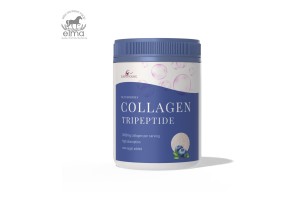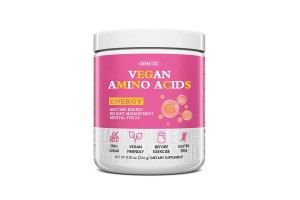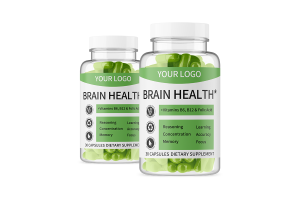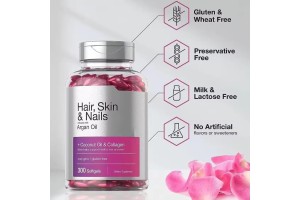In production cooperation within sectors such as big health and FMCG, original equipment manufacturing (OEM) and brand labeling processing are frequently mentioned concepts. Although their expressions differ slightly, their core logic is highly consistent, and there is no significant difference in essence.
From the perspective of basic definitions, OEM (original equipment manufacturing) usually means that the brand owner entrusts a manufacturing enterprise to complete the product processing link based on its own needs—it may either provide raw materials or specify raw material standards, or the manufacturing enterprise may purchase raw materials as required, and finally produce products that meet the brand owner’s specifications. The core logic of brand labeling processing is more straightforward: the brand owner does not have production capabilities itself, and fully entrusts a qualified manufacturing enterprise to conduct the entire production process. After the product is completed, it only needs to be affixed with the brand owner’s own trademark to be launched as the brand owner’s own product.
Further analyzing the operation mode of OEM reveals its core characteristics: the brand owner does not need to invest in building production lines or factories, but focuses on its own advantages—relying on mastered core technologies to be responsible for product design, R&D, and upgrading, while leading market research, sales strategy formulation, and sales channel management; it only entrusts the production link to manufacturers of similar products with corresponding production capacity and qualifications through contract ordering. The brand owner buys out the commissioned products at an agreed price, and can circulate them after affixing its own brand logo. Under this model, OEM presents the distinct feature of "technology, capital, and market are external, while only production is internal": the enterprise undertaking the production task is the OEM manufacturer, and the products it produces are OEM products.
In summary, OEM and brand labeling processing essentially belong to the same type of production cooperation model, with no essential differences. In fact, "brand labeling" itself is a popularized expression of OEM—the brand owner puts forward demands and places orders, the manufacturing enterprise produces according to the orders, and the final product is branded with the brand owner’s trademark. This is exactly the core operation logic of OEM. From the perspective of industry practice, brand labeling processing can be either "external commissioned processing" where the brand owner provides raw materials, or "subcontract processing" where the manufacturing enterprise takes full responsibility, both of which essentially fall into the category of OEM.

 By:Global OEMs
By:Global OEMs




